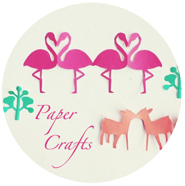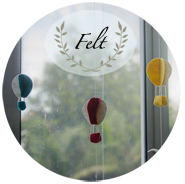
What does Singapore’s culture mean to a 5-6 year old?
From our heritage walks of Arab Street, Chinatown, Little India and Dec 2012 visit to the Peranakan Museum, the children have learnt that the country they live in is a melting pot of diverse cultures and languages.
Amongst the 4 cultures that the kids experienced from our walkabouts of the ethnic areas in Singapore, we didn’t get to complete our walkabout for the Peranankan area. Our plans for a Katong/Joo Chiat walkabout was thwarted by heavy rains that particular day after the visit to the Peranakan Museum.
The Peranakan Museum was an intriguing place for the kids to learn more about the Peranakan culture, with its artifacts, intricate beadwork and collection of Peranakan objects.



To complete my series on The Accidental Tourists (Singapore), I will be doing walkabouts in the next few weeks exploring the ethnic enclave of Peranakan culture, the Katong/Joo Chiat area. Which incidentally, is the stretch of road that I travel at least twice daily, sending K to and fro school in the mornings and evenings.
Look out for my upcoming series of posts; The Accidental Tourist (me lah!) takes a Peranakan tour in Katong and Joo Chiat.

























